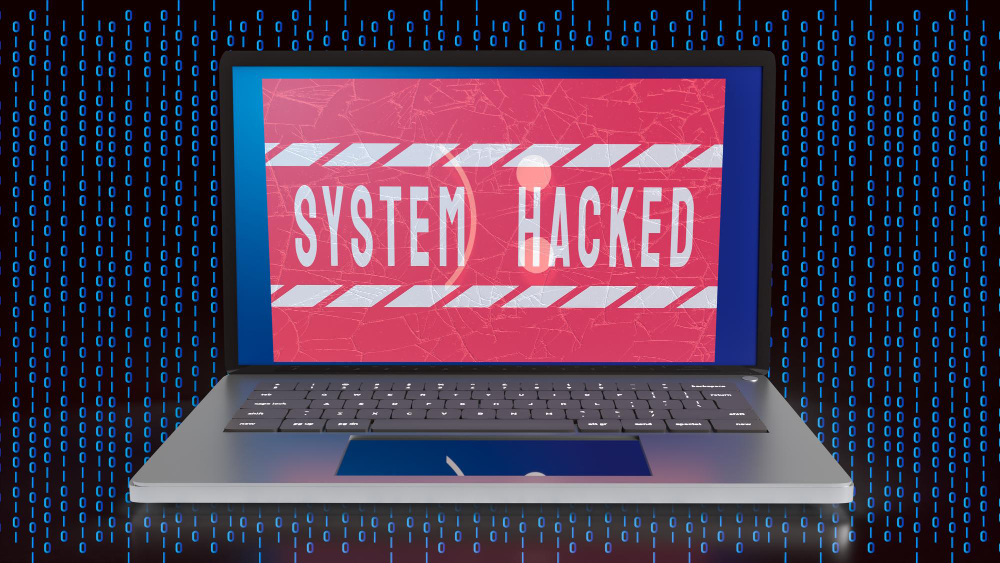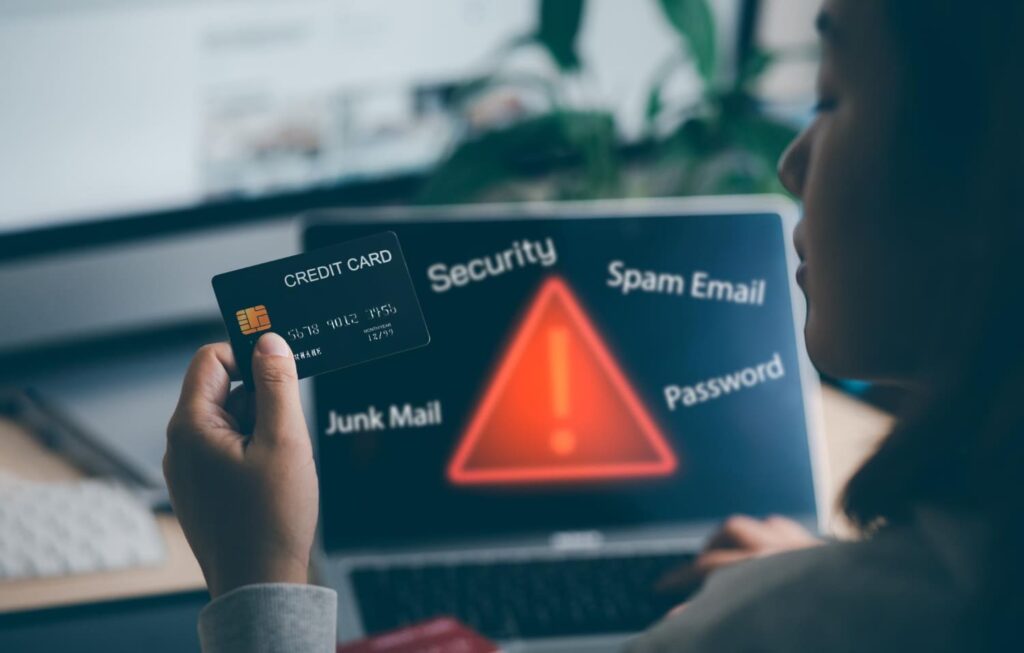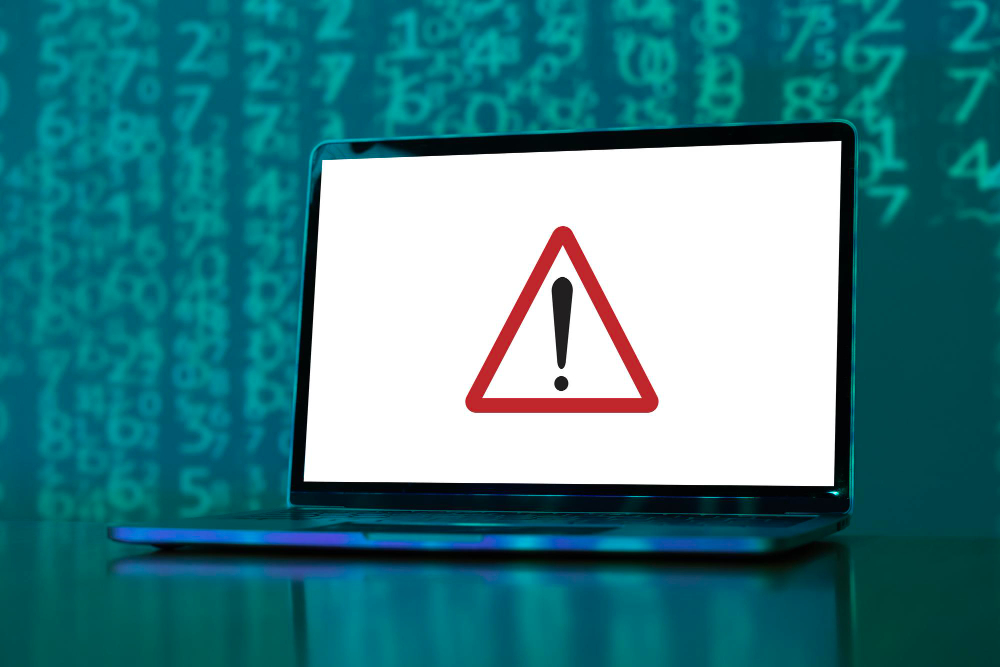Locker ransomware is a growing cyber threat that locks you out of your devices or critical files, demanding a ransom to restore access. Instead of encrypting data, it blocks access, making it challenging to recover your systems without paying.
In this article, we’ll explain how locker ransomware works, the methods behind its attacks, and its increasing capabilities. Keep reading to explore the full details and learn how to safeguard yourself from this evolving threat.
What is Locker Ransomware?

Locker ransomware is a type of malware that prevents users from accessing their infected device or specific data and files.
Instead of encrypting the data, cybercriminals launch this attack by locking the system without damaging it and demanding ransom payment from the victim to restore access.
One of the examples is Reveton, a locker ransomware where attackers show a fake law enforcement screen to scare victims by accusing them of committing a crime while taking over the victims’ webcam to spice up the trick.
How Lockers Work: Attack Progression

A locker ransomware attack commonly begins when the trojan malware is downloaded onto a device, often through phishing emails or malicious links.
Once inside the system, the malware locks the user out, preventing access to files or the entire device. The user is asked for a ransom demand to unlock their system.
Without paying, options to bypass the lock or recover files are often disabled, leaving the user in a tough position.
How Lockers Work: Methods

Locker ransomware works in two main ways:
- Device Locking Simulation: The malware creates a fake screen that looks like a complete lock, tricking users into thinking their system is unusable while it actually runs in the background.
- Actual Device Locking: This method fully locks the device, blocking all access. A hacker may change the PIN or password or even tweak core system components.
Locker Ransomware Capabilities

Its main capabilities are obvious: locking the user’s device and demanding a ransom.
However, some locker ransomware variants possess additional capabilities, such as capturing webcam screenshots that show the user’s activity to add pressure to the victim—which Reveton or FBI MoneyPak ransomware does.
Frequently Asked Questions
How does Locker Ransomware differ from other types of Ransomware?
Instead of damaging victims’ files or data, this ransomware only locks them from any access.
What are the common signs of a Locker Ransomware infection?
Some common signs are inability to access systems or files, ransom messages, unusual screen appearance, and slow performance.
What should I do if my device is infected with Locker Ransomware?
First thing first, disconnect from the internet and turn off your device. Then, use another device to change passwords for important accounts. Lastly, contact authorities and seek a cybersecurity expert like Fluxgate to handle the attack.
Conclusion
To sum up, locker ransomware is another type of malware to watch out for. While it doesn’t damage your data, it locks you out of your own device, demanding payment to regain access. It’s a sneaky way to cause trouble, so always stay cautious.
One of the best ways to safeguard your precious data is by collaborating with a cybersecurity agency. Fluxgate ensures your data is secure while you run your business peacefully.
If you need a cybersecurity expert, contact us, and we’ll provide a detailed analysis of how to protect your business.
